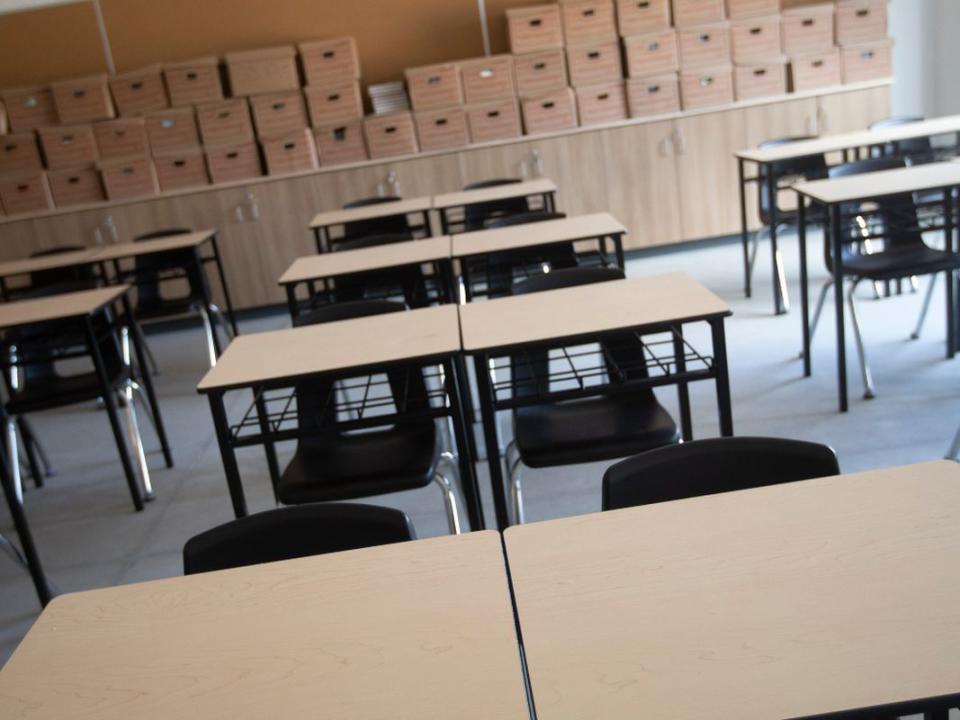Matthew Lau: Having run its schools into the ground, Ontario’s government takes on other challenges

That Ontario’s public school system is a shambles is unlikely to inspire confidence in the government’s ability to manage other things efficaciously: whether multibillion-dollar battery plant investments, supporting the federal government’s takeover of the child care sector, or — to pick at random a recent government announcement — reorganizing the demographics of the trucking industry by pushing women into careers as truck drivers. Specifically, on the last item, the government is spending $1.3 million to train 54 women and others from “underrepresented” groups for trucking careers.
“Only two per cent of Ontario truck drivers are women,” the government explains. What percentage of truck drivers should be women, and how it arrived at this figure, the government did not say. But I eagerly await the government’s verdict on whether Ontario has the correct proportion of tax accountants who are Indigenous, evolutionary biologists who are Chinese, restaurant chefs who are Hindu and software engineers who are Catholic — and what taxes, subsidies, or regulations it has planned to correct the over- or under-representation of these groups in those professions.
Returning to the issue of the public school system, the latest report of its appalling state is Joseph Brean’s feature in this newspaper last week. At Tomken Road Middle School in Mississauga, he writes, violence is widespread, chronic and uncorrected. Teachers are subject to verbal abuse and outright threats, but the offending students face little or no disciplinary action. Property is damaged or defaced with graffiti. One teacher described the school’s bathrooms as “battlegrounds” — some students, afraid of going inside, avoid them altogether. Others do drugs in them. When a whistleblowing teacher released an anonymous public letter about the crisis in the school, instead of taking corrective action the school board launched an investigation into who wrote it.
Tomken Road Middle School is under the Peel District School Board, but there are parallel examples in the neighbouring Toronto District School Board (TDSB). Last fall, media reported news of weapons, mass brawls, drug overdoses, drug dealing, assaults and death threats against teachers and a full-on riot at York Memorial Collegiate Institute. The anarchy was emboldened by a lack of disciplinary action by the school board and administration. This particular school may be an extreme case, but one supply teacher who has worked in many schools wrote the Toronto Sun to say several Toronto public schools are in similar shape.
Other public school misadventures were the focus of a report in the Toronto Star two weeks ago. It described the TDSB’s lunatic social experiment in its newest school — Jean Lumb Public School — where boys and girls do not have separate washrooms. The school has only gender-neutral facilities, a decision promoted both by the school board and the local trustee as one that promotes inclusiveness. The entirely foreseeable results, flagged by a parents’ group, include severe deficiencies in safety, hygiene and comfort, particularly for girls. The parents’ issue is not that the school has some gender-neutral facilities, but rather that it has none that are gender-specific.
“Inclusion” is not only the stated intention for the absence of gender-specific facilities in Jean Lumb Public School, but also for the TDSB’s new race-based lottery system for its public specialty programs. Admissions to these educational opportunities, formerly determined by merit, will now be decided by a lottery that allocates 20 per cent of spaces to students from “historically and currently underserved communities (students self-identifying as First Nations, Métis, Inuit, Black, Latin American and Middle Eastern).” Race-based decision-making is also present in Peel, where Brean’s feature on Tomken Road notes “there is an element of racial politics in the board’s approach to discipline.”
In addition to influencing administrative decisions, a focus on “inclusion” and “social justice” has become increasingly prevalent in instruction. This has not had the effect of improving learning. The latest round of assessments from the province’s Education Quality and Accountability Office show student achievement continuing to decline. In Ontario’s English-language schools, only 59 per cent of grade three students, 47 per cent of grade six students and 52 per cent of grade nine students are meeting provincial standards in mathematics.
Competition Bureau report puts grocery 'greedflation' to rest
Canadian governments are sacrificing quality for quantity in daycare
That the politicians overseeing this train wreck of a public school system should presume to expand their control to cover multibillion-dollar battery plant investments, government take-over of child care and the demographic composition of truck drivers, among many other things, is pure hubris.
One thing I wonder: can the school administrators responsible for the Jean Lumb Public School fiasco identify which of their students, if they become truck drivers when they grow up, should qualify for the provincial training subsidy? It seems doubtful they can.
Matthew Lau is a Toronto writer.

 Yahoo Finance
Yahoo Finance 